A selection of my work
Ranging from 2012 till 2025. Some personal projects and some from selected clients. Most projects have been adjusted to meet NDA requirements.
Developing new interactions with and for Amazon Alexa
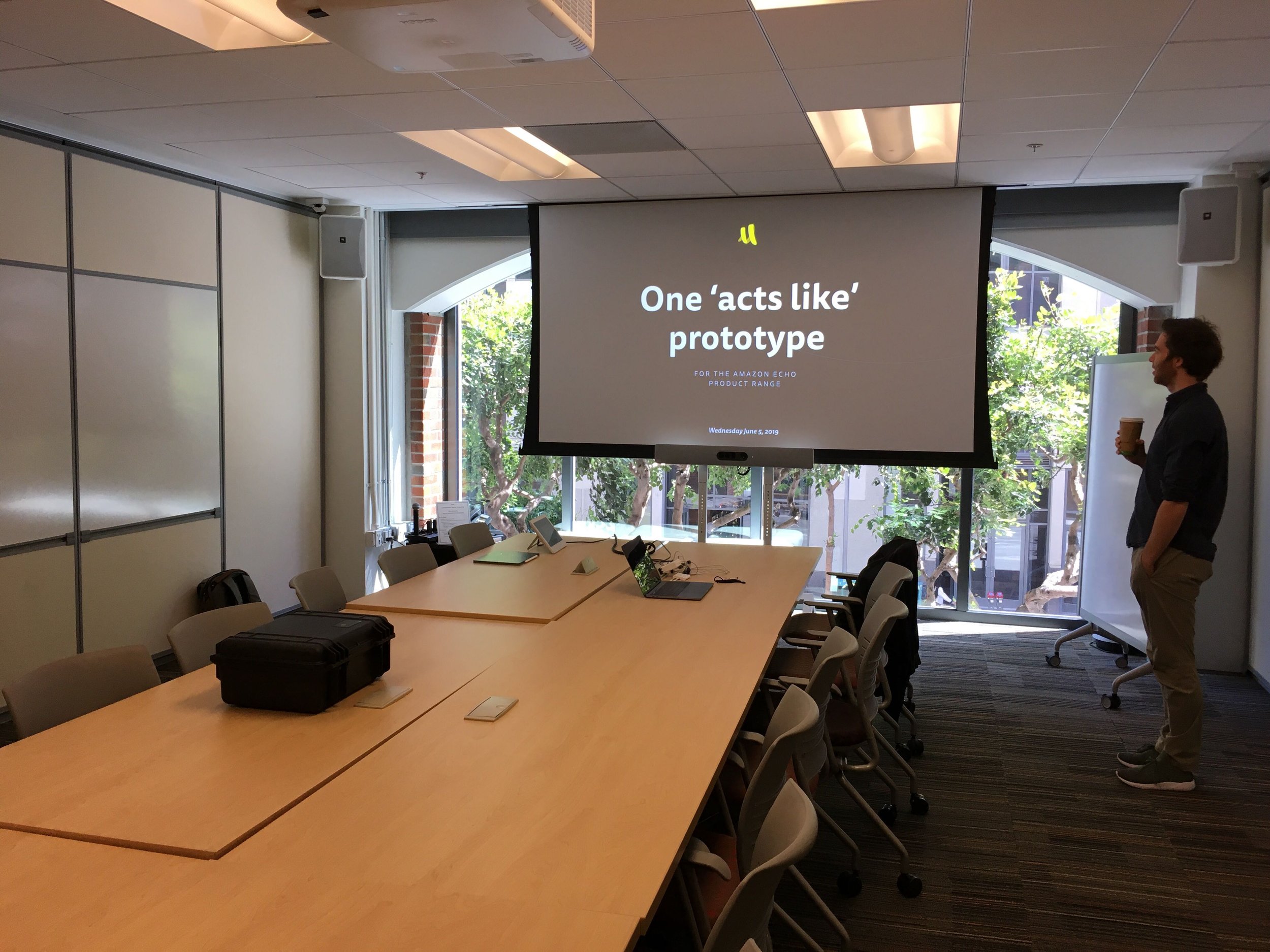


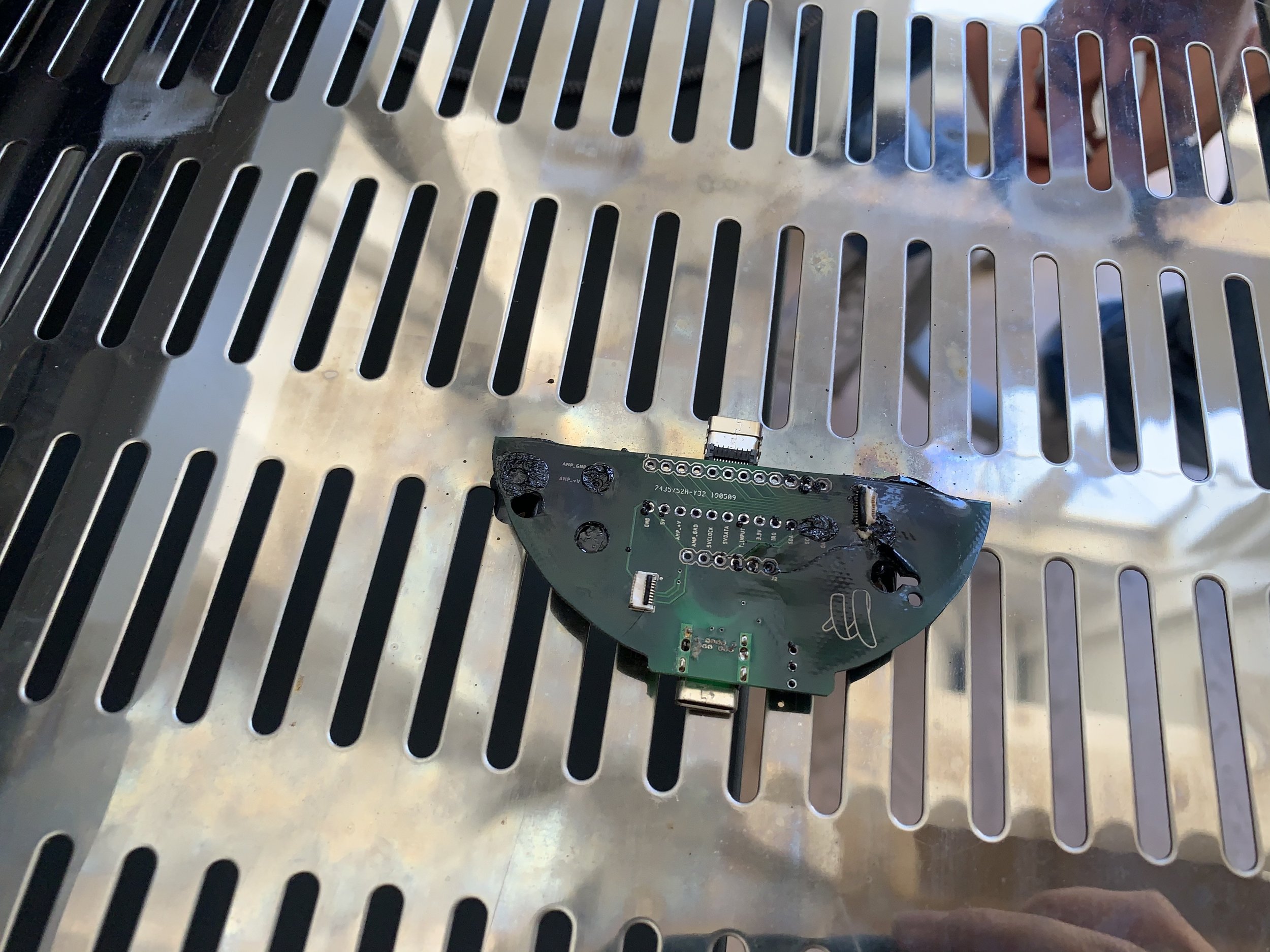
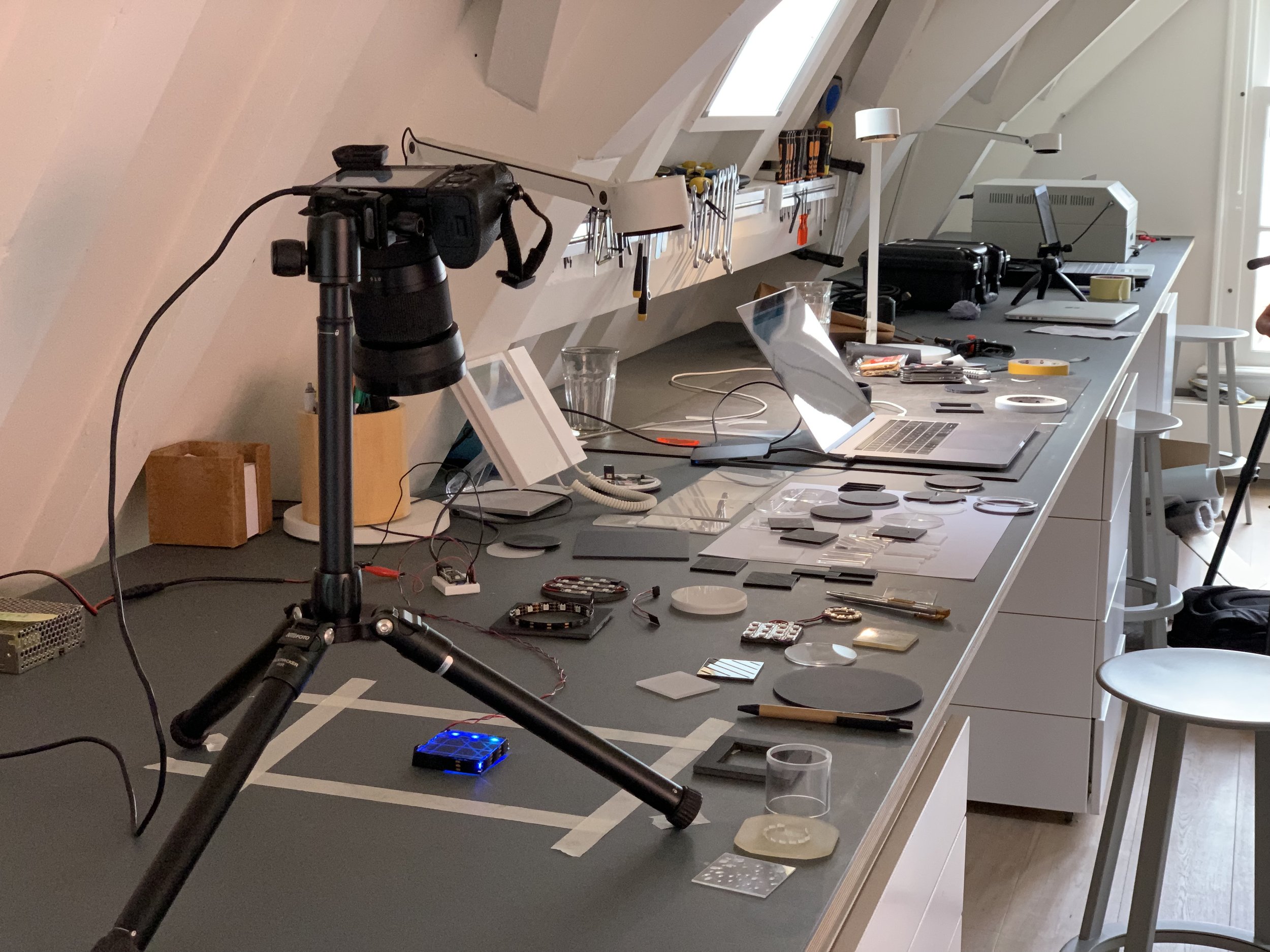

Amazon | 2019-2021 | Team/UX Lead for Concept, Product, Voice and Light Experience
-
As a team lead I’ve done several projects for Amazon. Amazon's fast-paced environment required swift project turnarounds, placing additional pressure on our internal processes. As a team leader, this called for rapid decision-making and effective storytelling to be able to present a great end product. The success of our first project led a nice dinner with a satisfied and recurring client!
-
Amazon constantly looks for new innovations, but finding true value can be challenging. We helped them in translating ambiguous ideas into shareable experiences, aiding internal decision-making processes on where and how to develop value.
-
A small, focused team that doesn't waste time on unnecessary meetings can compete effectively with a larger client team. This is one of the valuable aspects of consulting. At that moment this was an important insight for me as a novice team lead.
We managed to make the interactions much livelier in comparison to their current product, while using the same materials. This enhanced the user experience without increasing the cost, which was crucial because this device was one of their best selling products. We did this by doing lots of low-fi experiments to find creative ways to control light within a limited amount of space.
While voice interaction offers flexibility, it can pose challenges. Unlike typical human conversations, the absence or unfamiliarity of non-verbal cues can impact usability significantly. Mitigating that using other modes of interaction was interesting.
Envision the future shaving experience




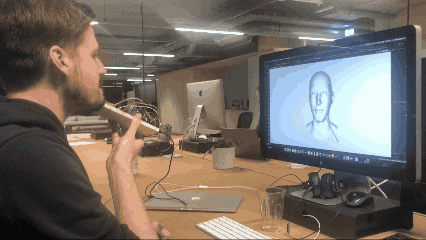
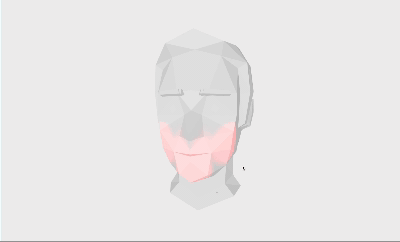

Philips | 2021 | Team/UX Lead for App, Product, Voice and Light Experience
-
Taking on Philips as a new client posed a unique challenge for me as a team lead at Handmade. Our aim was to slightly exceed expectations to make a strong impression on the client, while also ensuring the team could meet deadlines without too much stress and overtime. This resulted in fruitful discussions about the level of fidelity we needed to achieve. In the end, we reached a good compromise where the team took pride in the deliverable, the client was genuinely impressed by the high quality, and Handmade was pleased to have acquired a valuable new client.
-
Philips asked us to envision how an existing product range could be improved. They had some ideas to start with but asked us to translate them into prototypes that could be experienced. The Philips team also wanted to conduct research and user tests with the prototypes, requiring a high level of reliability and repeatability.
-
Philips is a research driven organization which means they have tried lots of innovations. During discussions this leads quite often to “Oh nice idea but we’ve tried that and it didn’t work”. If not handled carefully this can result in a discussion on tiny details while losing the bigger picture. Therefore I emphasized how we designed a different user experience, maybe with the same hardware, but with a completely different execution.
Actively stimulating the use of a personality (assistant) within a product is very challenging. Balancing the personality traits of a brand (such as Philips) with the sub brand of products and then matching those to the personal preferences of the user is tricky. The on-boarding process of the device should be designed in such a way that the user can quickly adapt it to his or her personal taste.
Products that have a global presence require careful research to determine features that fit a certain demographic. We learned that the Chinese users value the status symbol of the device much more than Western European users. Where one might place it in their living-room the other stows it away in a cupboard.


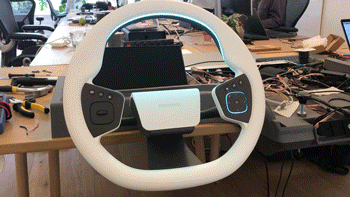






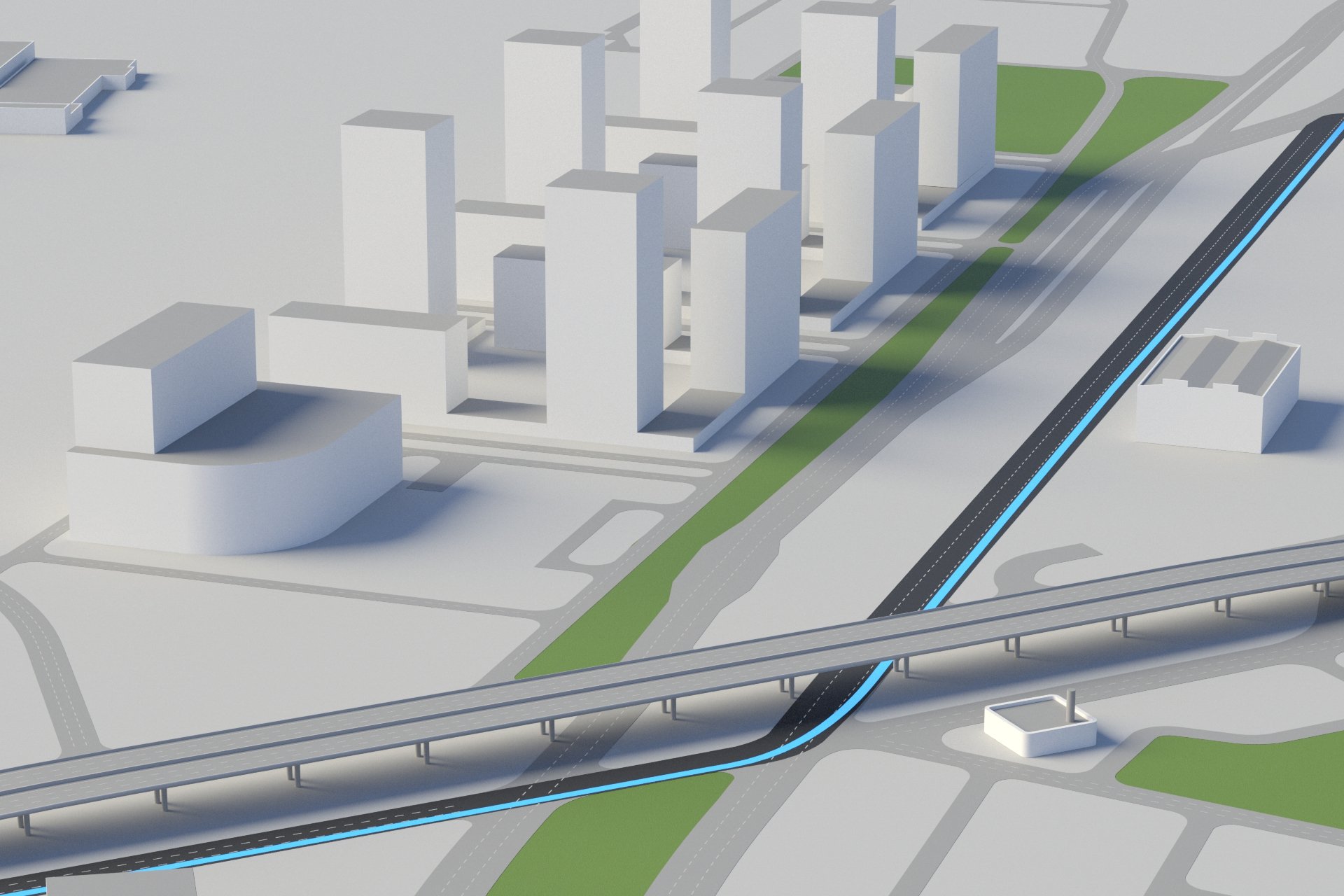

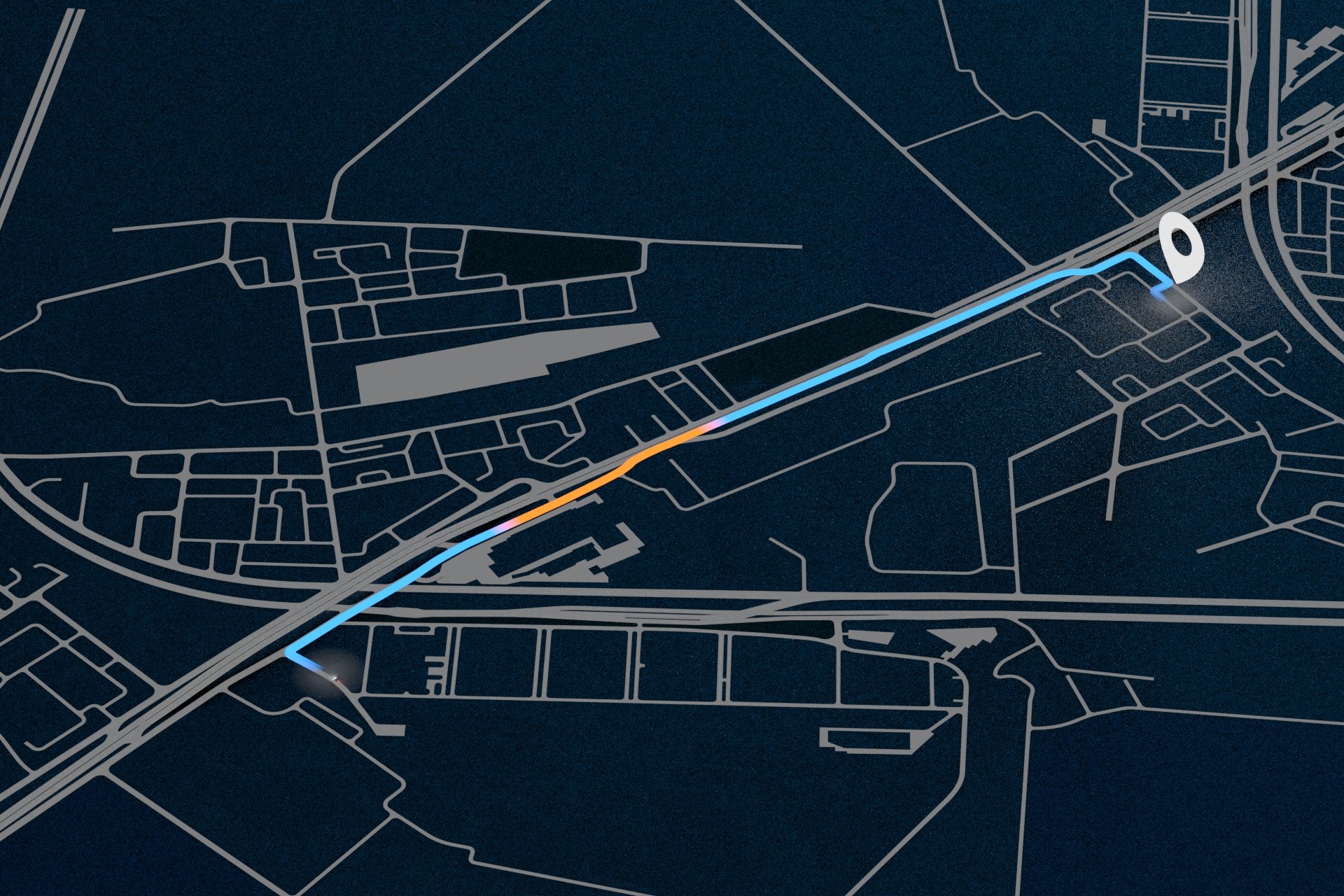

An integrated approach to car navigation
TomTom | 2017-2019 | Product/Interaction Designer
-
Together with the other product designer I was responsible for the physical demonstrator and the interactions with the steering wheel. I’ve used several rapid prototyping techniques to create the physical object, created custom PCB’s for highly integrated light feedback, integrated the electronic sensors for multi modal interactions and, wrote code for the different programming boards so they could communicate to the main controller. This prototype has been manufactured multiple times and I’ve made small improvements to improve reliability and consistency over the years.
-
TomTom asked us to develop a prototype of a new car operating system, integrated in one coherent physical cockpit. This demonstrator would be used with their clients in the automotive industry and act as a starting point for their internal development teams.
-
The entire car serves as, or will serve as, an interface. If all the different elements are not well-aligned, the perceived quality of individual touchpoints will be reduced. This is a missed opportunity that many existing car manufacturers still overlook. They are trying to outsource large parts of their development but too often this results in poorly integrated systems with mediocre UX.
By developing a prototype which offers multi-modal interactions; touchscreen, touchpad, physical buttons, turn-dials, voice, smartphone and intelligence you get a better understanding on how those different elements work together. There is no clear crossover point for this action is voice and this a button press.
The power of these seamless interactions lies in how attention and personal preferences shift very quickly within a car. The moment you’re in front of a traffic light the central touchscreen feels intuitive to use while moments later a glance of your eyes should be sufficient to answer a phone call. Providing people with the means to always feel in control no matter the circumstances.
Building my own open source wikihouse






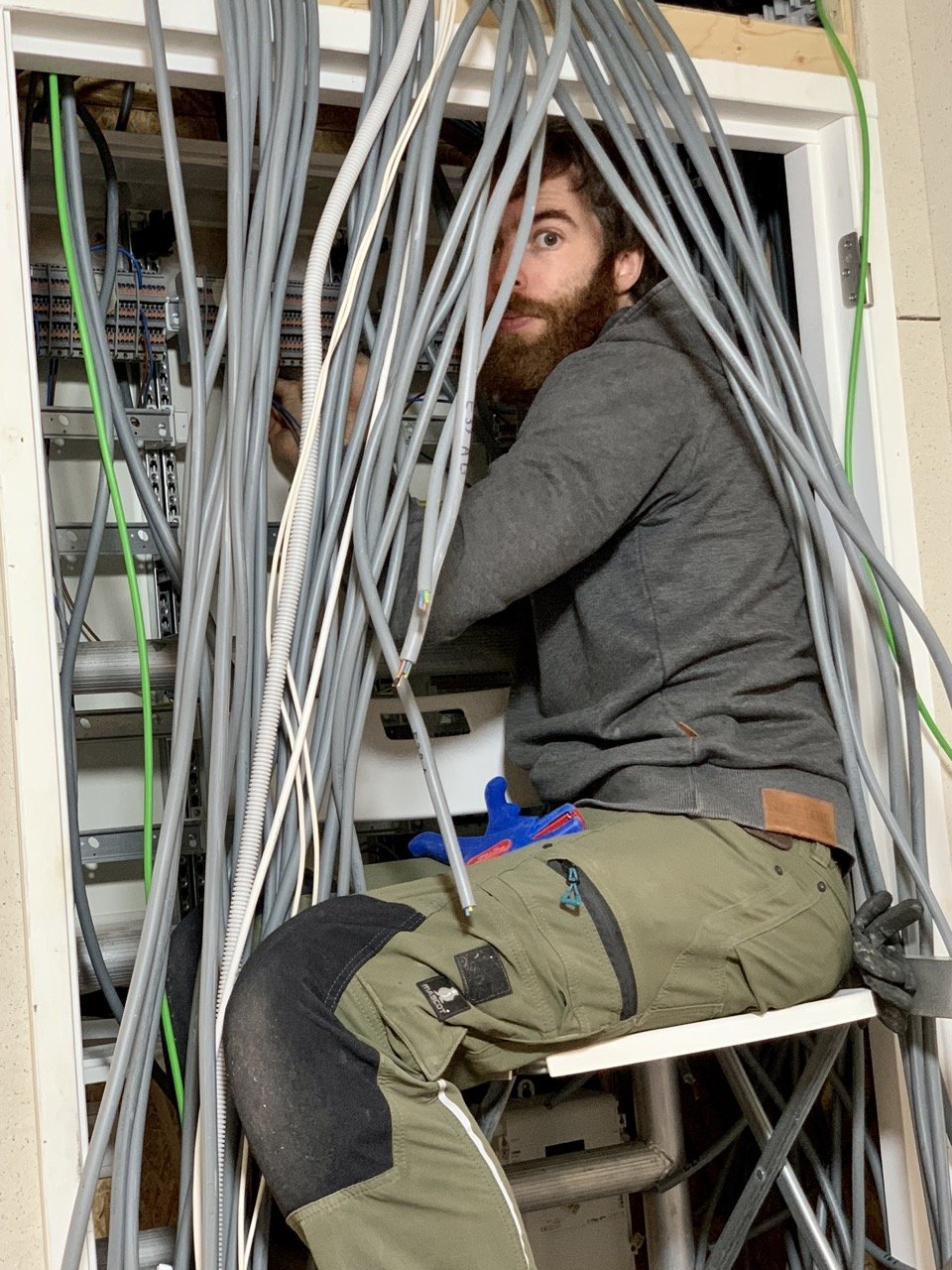


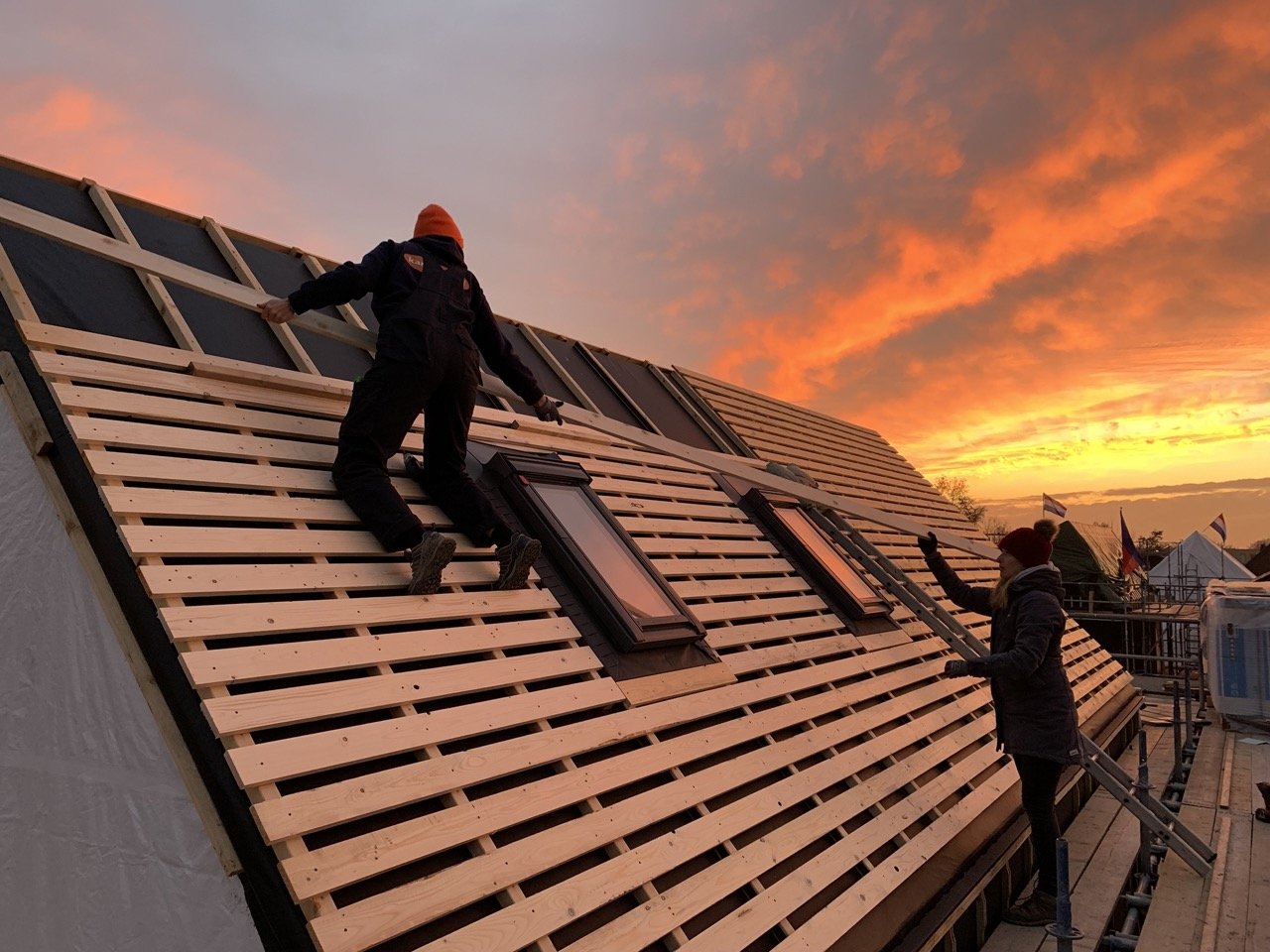


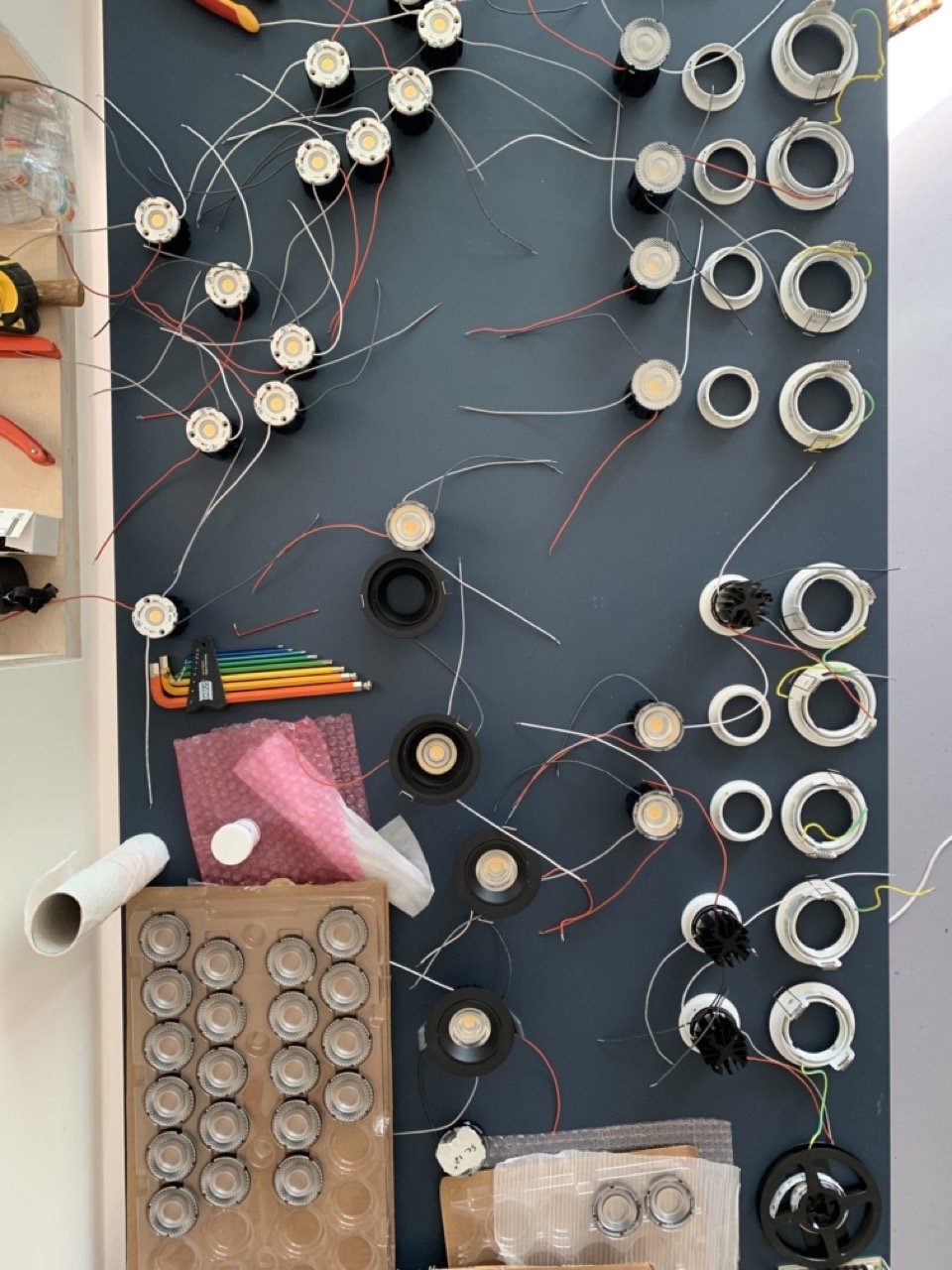
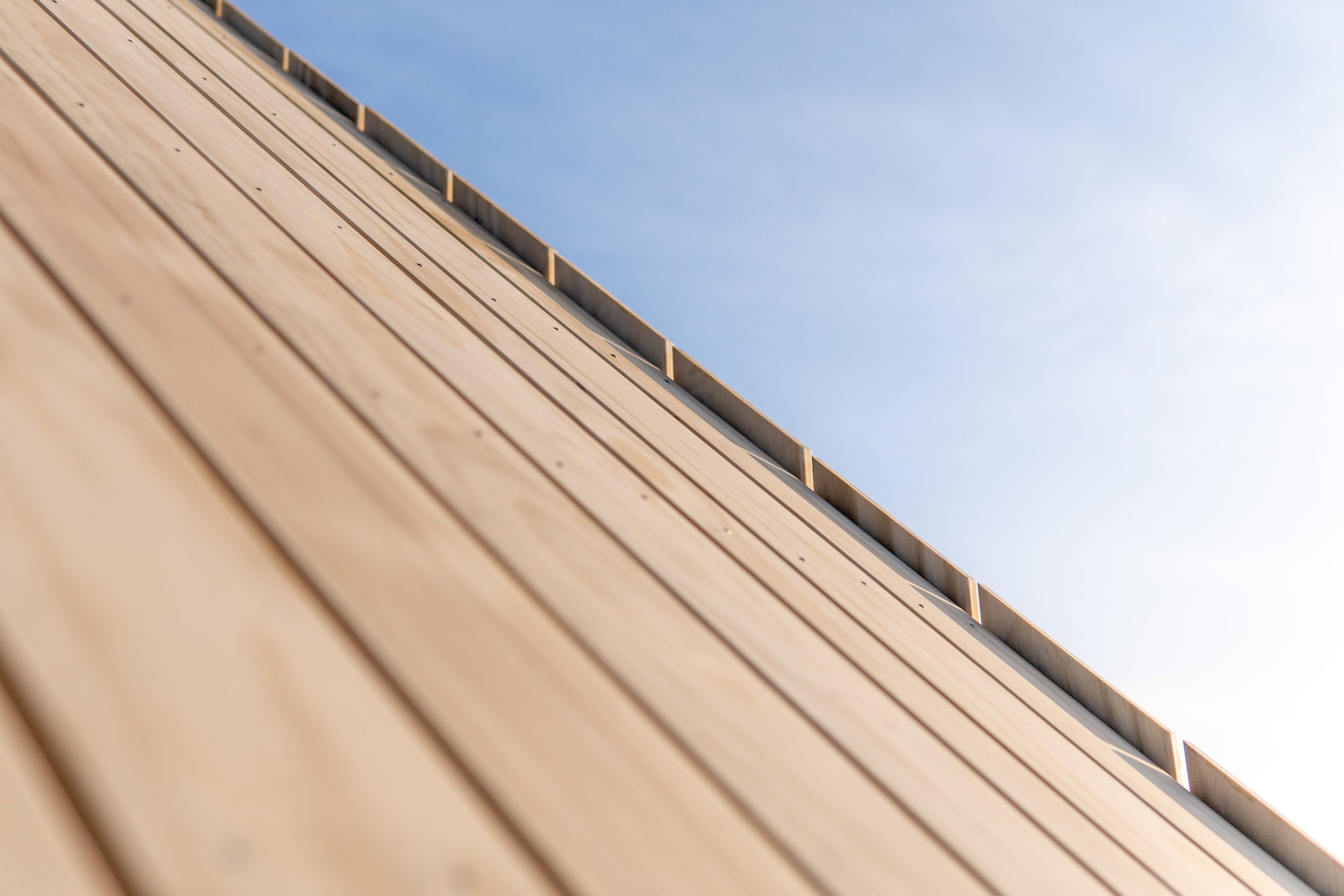










Personal | 2021 - 2024 | Design, Constructor
-
Let's build a house!
Designed and built award-winning sustainable smart home featured on national television. When traditional housing in Amsterdam proved too expensive, I discovered the Wikihouse open-source building system and successfully applied for a lot in Almere. -
I designed and built a fully integrated smart home, applying design thinking to construction at a scale I'd never tackled before.
Building a house isn't your typical weekend project - it was way bigger than anything I'd done before. However, with my experience as a designer I was able to use an iterative design process. I created the whole house in a 3D environment which enabled us to quickly iterate on floor plans and get a feeling of the space in VR, long before the first pillars went into the ground.
During construction I continued using my digital skills to sketch interior ideas, create electrical and plumbing plans, and detailed construction drawings. These documents prevented costly mistakes and achieved tighter integrations, resulting in a more beautiful and unique home.
I implemented an advanced KNX installation to create a comprehensive smart home system. I went deep on every technical detail - from how the staircase meets the upper floor to custom-built lights, integrated cinema, automated curtains, blinds, ventilation, irrigation, and motion sensors. I handled my own energy loss calculations, wind pressure analysis, and acoustic modeling to optimize heat pump placement and create advanced lighting scenarios.
The result: A future-proof smart home where all mechanical, electrical, and climate systems work as one integrated ecosystem.
Strategic directions for a new category of smartphones



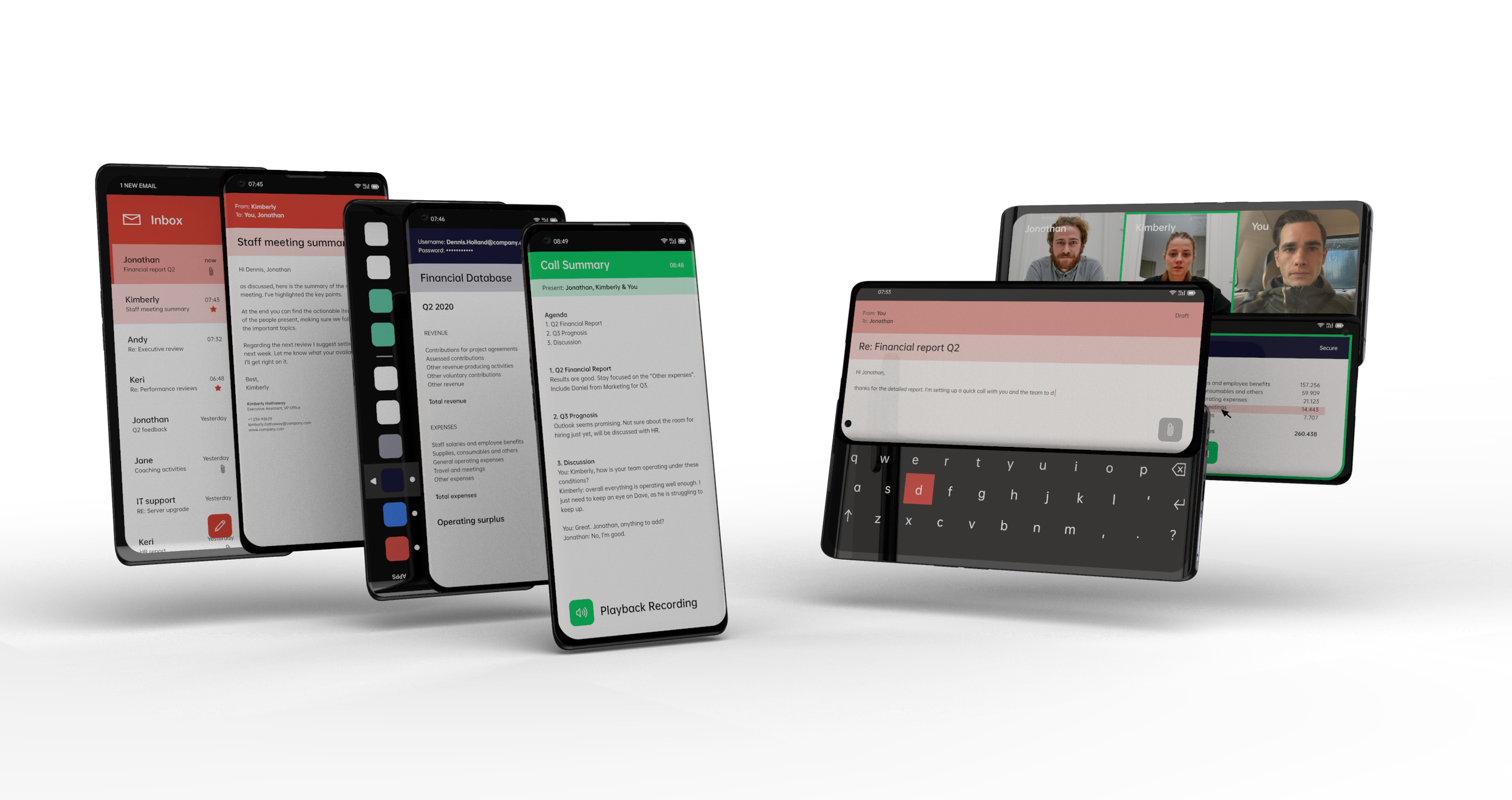


Oppo | 2021 | Product Designer, Research & Strategy
-
This project had two parts. First smartphone maker Oppo asked us to explore the market and come up with new strategic directions for a new technology they have. After presenting our research to their team we designed new concepts to make that research tangible.
-
I created a research deck that contained different strategic directions for future development of smartphones.
Together with the client several directions were selected as the starting point for the team to generate (lots of) ideas. These ideas were explored using sketching and then translated into physical mock-ups, serving as props in a photoshoot. The outcome was a comprehensive deck showcasing new concept phones in context, combined with supporting research and strategy.
-
Developing new concepts for smartphones made me realize that the success of a concept isn’t determined by the features it provides. How these features are supported, by one manufacturer, over multiple years is equally important to make it stick. This is the large advantage of Apple, when they introduce a new feature widespread adoption happens immediately and developers can be sure that it will be supported for many years to come.
Cross ecosystem user experiences are key for Android to deliver innovations that stick and make actual use of the strengths of the large and diverse Android ecosystem, instead of it being a weakness. Competitors within this ecosystem are in a strange relationship with each other where their success partly depends on working together while being different.
The client had Chinese origins, and during several meetings, we required a translator for effective communication. I noticed that the younger generation was proficient in English, enabling us to delve into essential nuances of a concept. However, in meetings with a translator, these subtleties often got lost in translation. This resulted in contradictory feedback which slowed down the process.
Exploring smarter dumb products
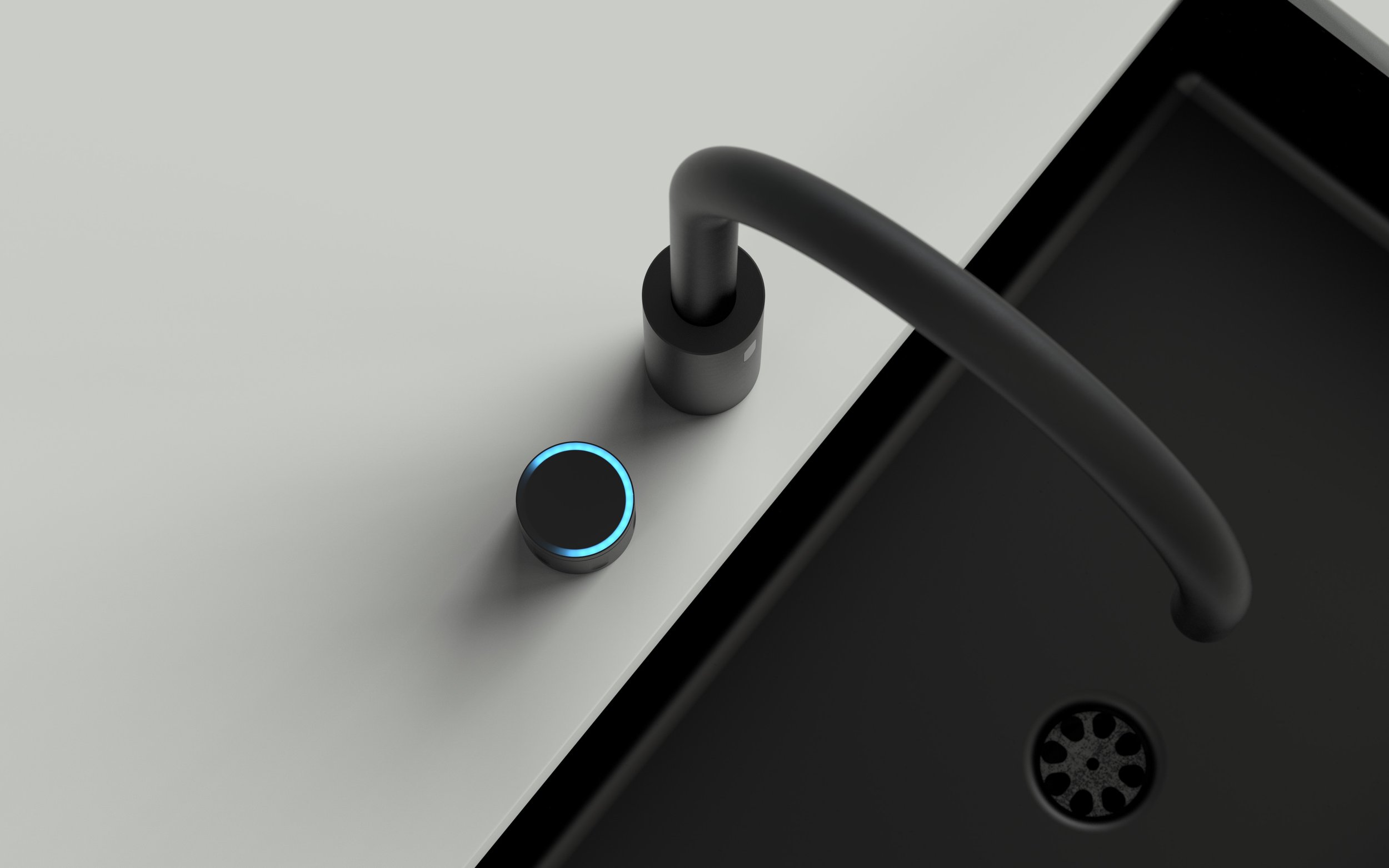
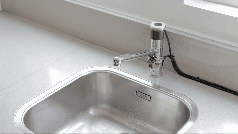
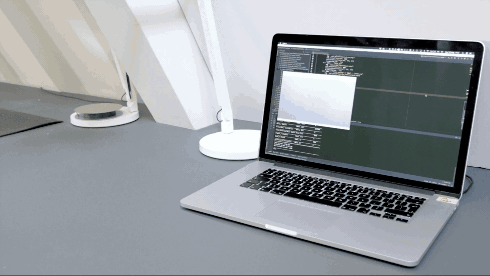
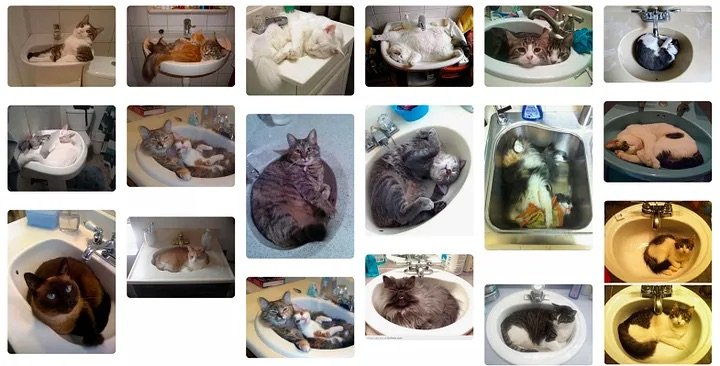
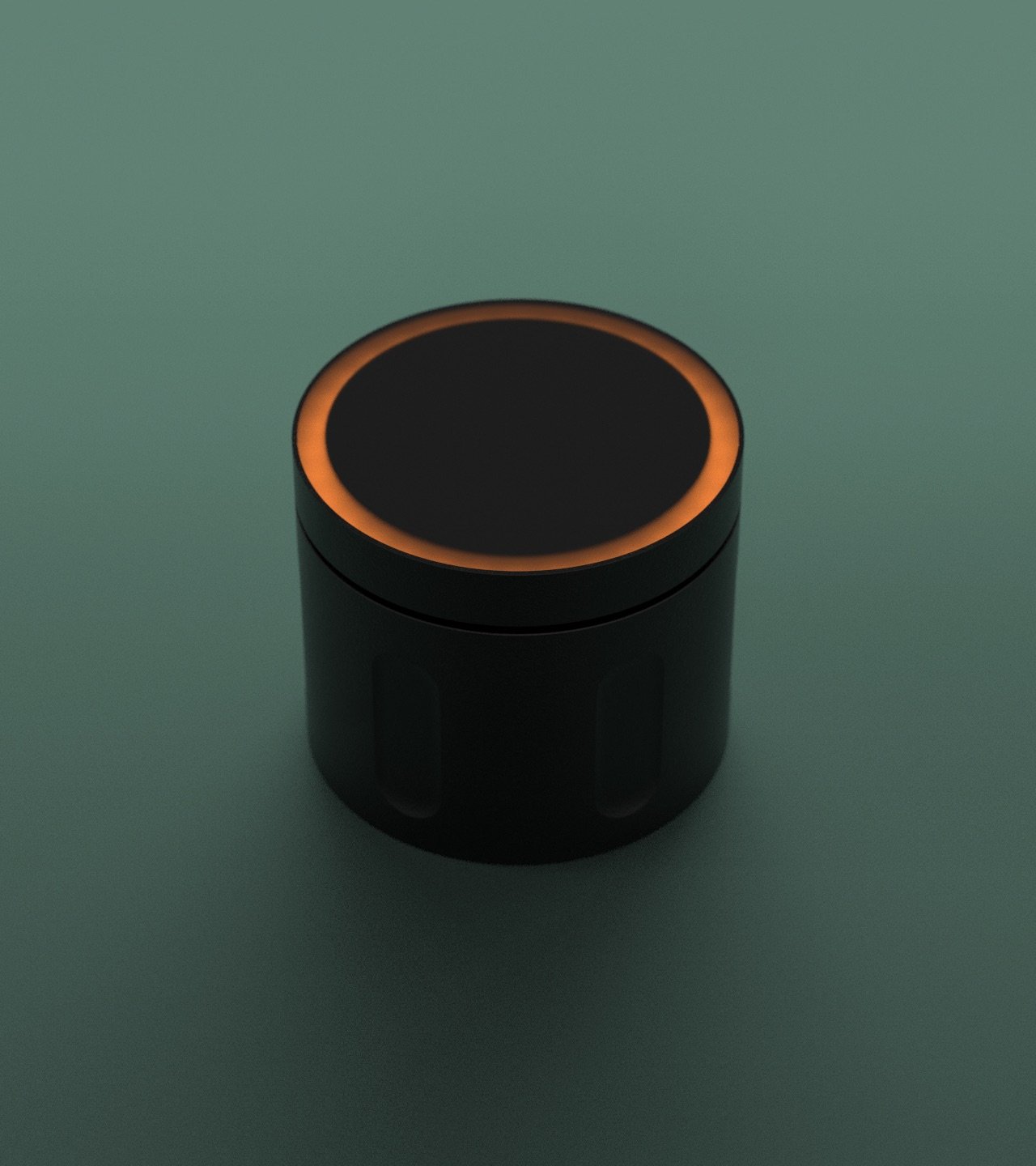


-
While in between projects, Handmade stimulated us to develop internal projects. Together with one of the software developers we decided to get weird and play around with cameras, sensors & machine learning to experiment with new interactions for a smarter water tap.
-
In the past, I made fun of many smart products because of how poorly they performed and how limited their feedback and feedforward systems were. But over time, smart products became better and people got used to them. However, smart products sometimes fail or have unexpected responses. We should consider those when thinking about the experience of the user. I believe we don’t have to design for all the edge cases as long as we design the product in such a way that it enables the user to play, discover and understand what’s happening.
I’ve collected all my learning’s, observations and reflections into a medium article. Over there you can read why it's fine that a water tap doesn’t recognize a cat.
-
Enable people to update their mental models. As a kid, you’ve played with products and discovered that a chair has many use cases. Playing helps in creating a mental model of a product, making it more predictable and providing a sense of control. In order for people to explore a product, they need to be ableto understand the relation between cause and effect. When adding new functionalities to a product there needs to be a safe environment in which people can play with those functionalities in order for them to update their mental model.
Use the full capabilities of human bodies. Humans move, sometimes in clumsy ways, often in pure harmony with the products they use. Have a look at the choreography of movements you make when entering the bathroom, a twist of the wrist, turn the body, flip the light switch, pull down and sit down, all in one fluent movement. Try teaching this to a robot. Dumb products are built for our bodies. But more often than not we see smarter products that remove physical interfaces and slap on a simple touch screen. We need to build smarter products in such a way that we can combine digital interfaces with physical interactions. This way we can use our muscle memory to decrease the cognitive load required to perform everyday tasks.
Products and people are slowly replaced over time. A new smarter product is often sold with the perfect ecosystem in mind, but no one has this perfect ecosystem. We simply don’t replace all of our products every two years, luckily. Therefore, a new product has to play nicely with the older products it is surrounded with. The same is true for who is going to use the product. Shared products in your household will be used by many types of people,ranging from your little kid to grandma. Smarter products need to, at least partly, accommodate to the mental models of those wide range of users.
Handmade | 2018 | Product Designer, Research
Developing new opportunities for local cloud gaming





Dell | 2021 | Team/UX Lead
-
Dell asked us to envision & demonstrate how a new type of gaming product can be used in different types of households and environments.
-
Because Dell wanted to see how their product could be implemented in different environments, we decided to tackle this project with a story-driven approach. We started by coming up with a storyline and sketching storyboards. After validating the storyline, we created the physical assets needed for the final video.
Due to the focus on the interaction we went for lo-fi prototypes and spent most time on animating the interactions. I think we struck the right balance in this project between fidelity and speed. Dell was really content with our work, you might have seen a glimpse of our work at CES 2022.
The transition to cross ecosystem user experiences
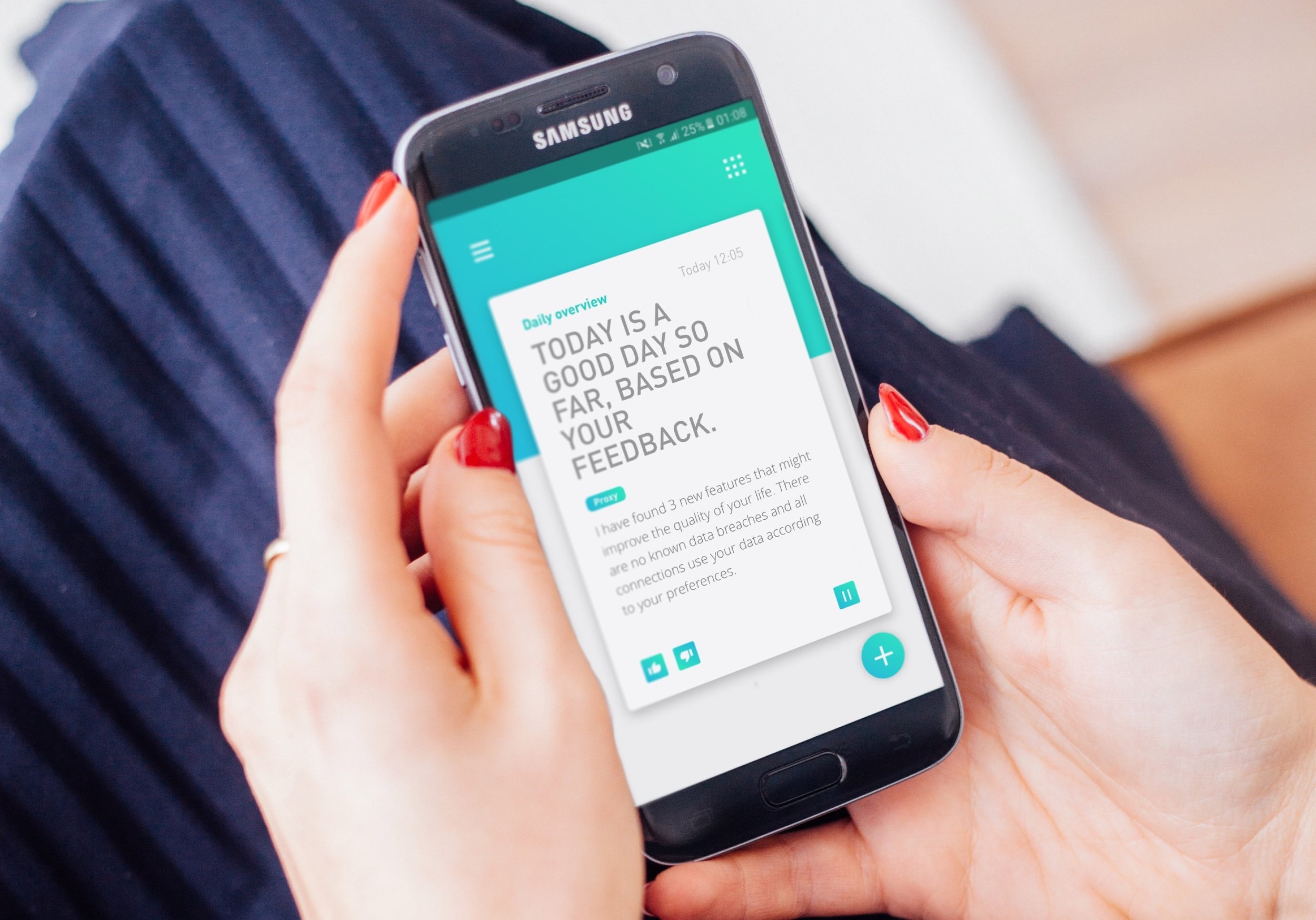


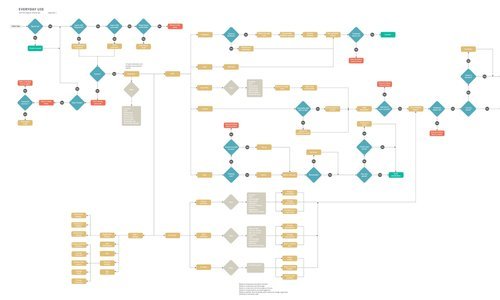

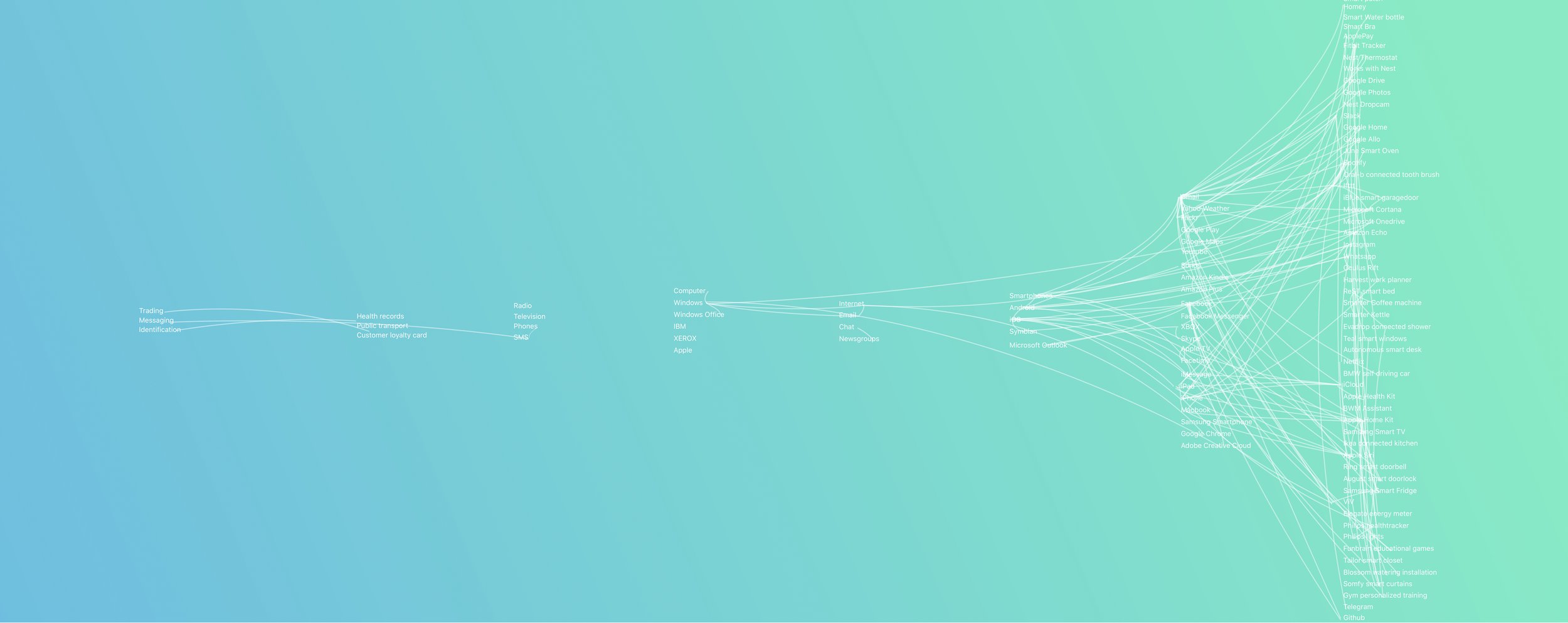




“I believe that smart environments should feel as good friends coming over. You know them by heart, can largely predict how they will behave and you will notice it if someone has a problem. You understand them and trust that they have the best intentions for and with you.”
Masters Graduation Project - Cum Laude | 2017 |
-
Personal data holds immense potential to enhance our daily lives, yet this valuable information remains fragmented across various companies and ecosystems. These entities often lack mutual trust, compatibility, and willingness to collaborate. How can we navigate towards a more favorable future in terms of harnessing our personal data effectively?
-
Software: A personal assistant that helps you manage your personal data stored in your personal vault. During the on-boarding your preferences are taken into account. This changes how Proxy will manage your data. If you’re a very conscious user it will limit API calls and notify you more often if a service would like to obtain access. If you are not that concerned less notifications will appear and a more seamless integration will be automatically available.
Hardware: This wearable changes color, very slowly to notify the user. This change of color can mean that a device requested access to personal data, e.g. a door lock. Or that the behavior of a service changed. For example a fastfood chain suddenly started asking for your location 200 times a day.When the user is confronted with a situation in which his or her personal data isn’t used properly a simple swipe on the wrist is enough to let the assistant know that at that moment something went wrong.
-
Designing a solution for this problem isn’t your typical - research - build - test - iterate - validate - succeed story. At this moment I had 5 years of design processes under my belt but this one was different. During this project I felt insecure about the end deliverable because it wouldn’t be a nicely packaged product that could be user validated easily. But I did feel attracted to the complexity of the systems surrounding the problem. I ended up proposing a system for decentralized personal data storage, a personal data assistant to help the user in managing the overload of data and a wearable that acts as simple in and output to reassure the user and train the assistant.
We all have a basic understanding of how a smartphone functions, which stimulates intuition for certain ideas. However, throughout the design of new interactions, it was crucial to have the product within reach, because the device type was still unfamiliar to us. Having it nearby allowed us to “kill” potentially "promising" ideas and update our frame of reference.
Technology constantly evolves, which means that ideas that used to be too expensive might now actually be feasible. This is a fallacy every designer has to keep in mind, continuously challenge your own assumptions in order to avoid missing out on new innovations.
Developing a new type of ground waterpump








Competition - sponsorship | 2012 | Initiator
-
During high school, I jumped into an extracurricular global competition focused on "water innovations." My two teammates and I dove headfirst into understanding clean drinking water challenges in rural developing countries. What we discovered was eye-opening: it wasn't just about contaminated water sources, the containers people used to transport water were often contaminated too, turning clean water dirty on its journey home.
-
This was my first proper design project even though there wasn't much professional training involved, which meant lots had to be learned on the spot. My interest in technology helped with developing prototypes, while my experience with different types of software lifted our presentations to a higher level. This combination helped us win the national competition first, then resulted in a partnership with Ghana's team at the global competition plus two major sponsor deals. In the following years we continued developing this concept and did some basic testing at a water lab to explore the potential impact of generating ozone directly at a ground water pump to disinfect both the water and the vessels it's transported in.
-
This project lit the spark for my passion for design, technology, and innovation. It taught me that innovation happens everywhere, technology opens doors, and design is what makes technology actually work for people, not just in theory, but in practice.
The real game-changer? User research. After visiting local communities in Ghana, it became crystal clear that building a better pump was actually the easy part. The real challenge was integration: getting communities to adopt it, maintain it properly, and trust it enough to use it daily. As a designer-in-training, this was a complete mindset shift that shaped how I approach every project since.
Co-create the future of public streetlighting





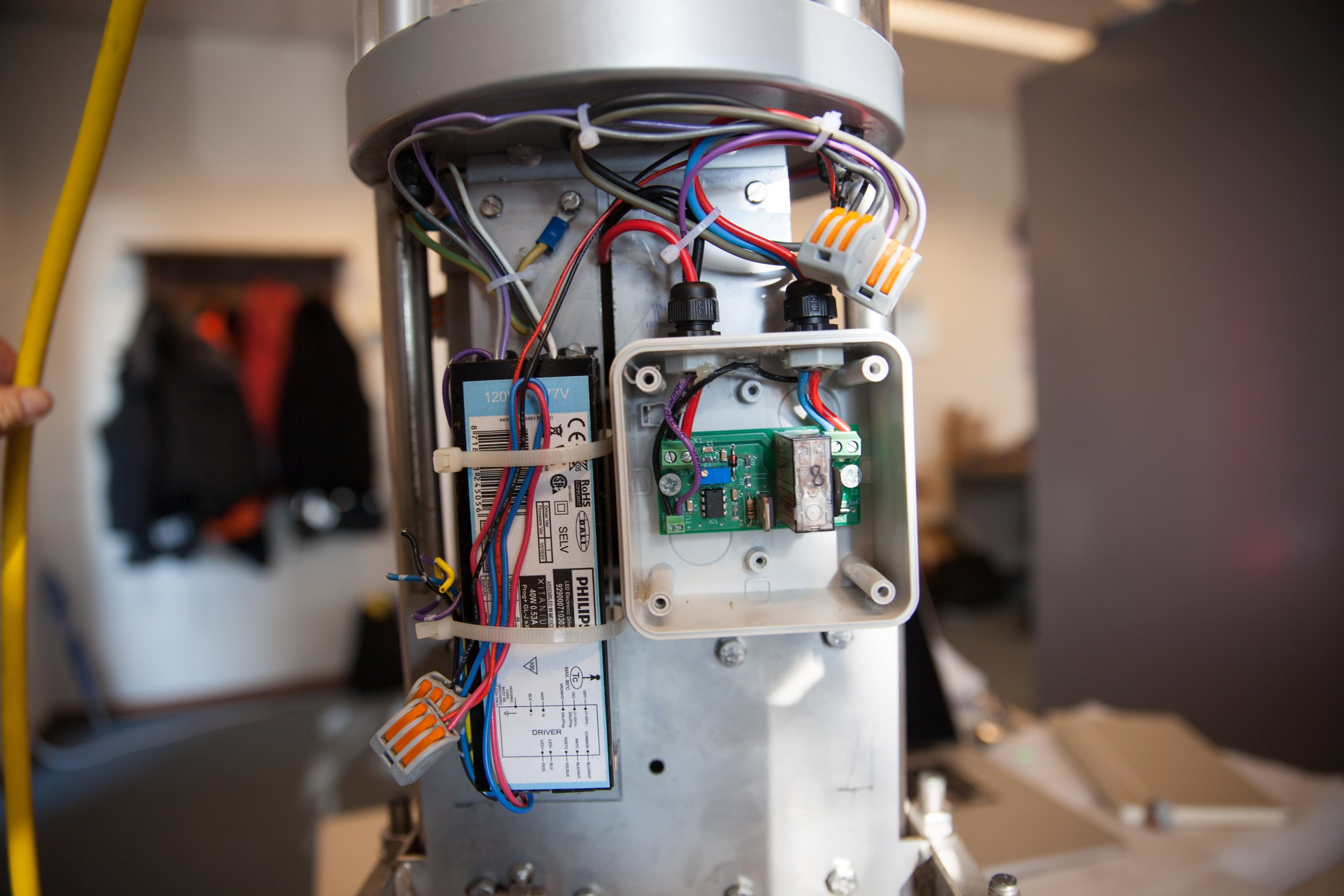


Competition - winner | 2014 | Teamlead
-
Improve public street lighting in a specific neighborhood. This project was part of a national competition which we won. In close collaboration with the people from our assigned street, we developed a new type of public streetlighting that improved the street's characteristics, lowered energy usage, and offered a new way to use green energy with a service to stimulate local solar panel adoption.
-
Within our team of 4, it was clear that everybody had their own unique strengths, but since this was still part of our education we had to challenge ourselves to grow in different areas too. I managed to keep track of everyone's personal growth areas and strengths, which resulted in a very well-executed project that resonated with both the people in our street and the jury. Compared to other teams, we were able to present a complete package. Again, my skills in presenting and telling a coherent story of our whole concept convinced the jury about the achievability and quality of our process.
-
Storytelling is crucial during the first phases of a project. When a product is in development, you have to take your stakeholders along because they don't spend the same amount of time thinking about each detail and design decision.
Developing a product that has to last for years out in the open requires a different perspective, something you find at partner companies. The downside is they easily fall back to existing solutions. This caused major problems after installing our product in a complete street. The engines that created dynamic light patterns were too loud and caused noise pollution, especially during quiet nights.